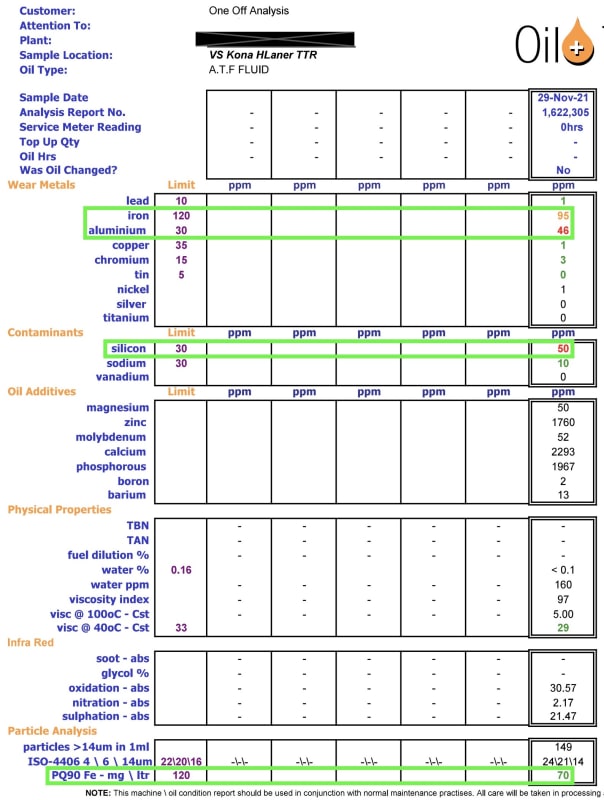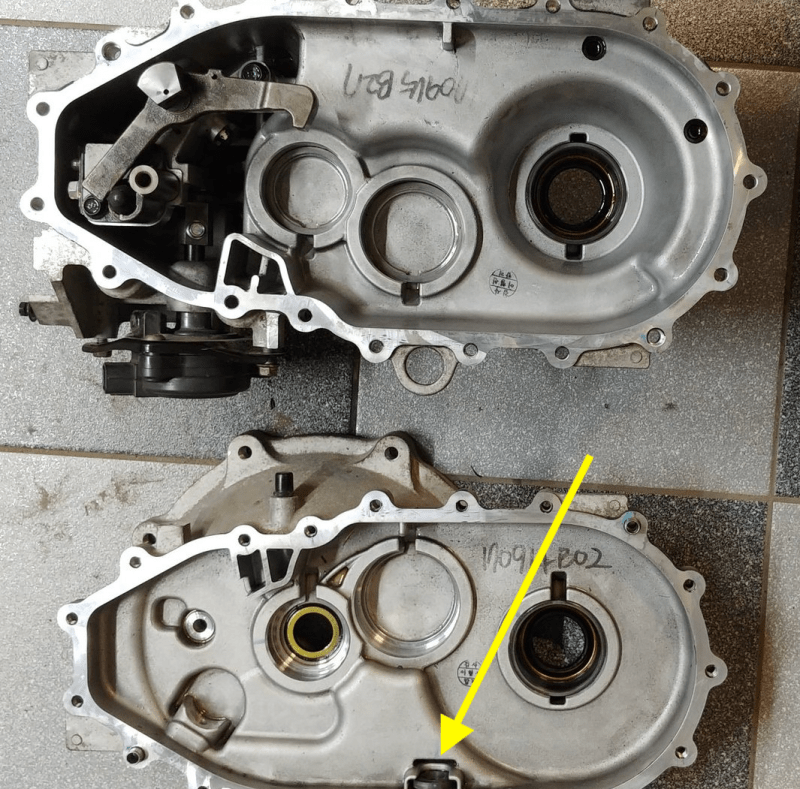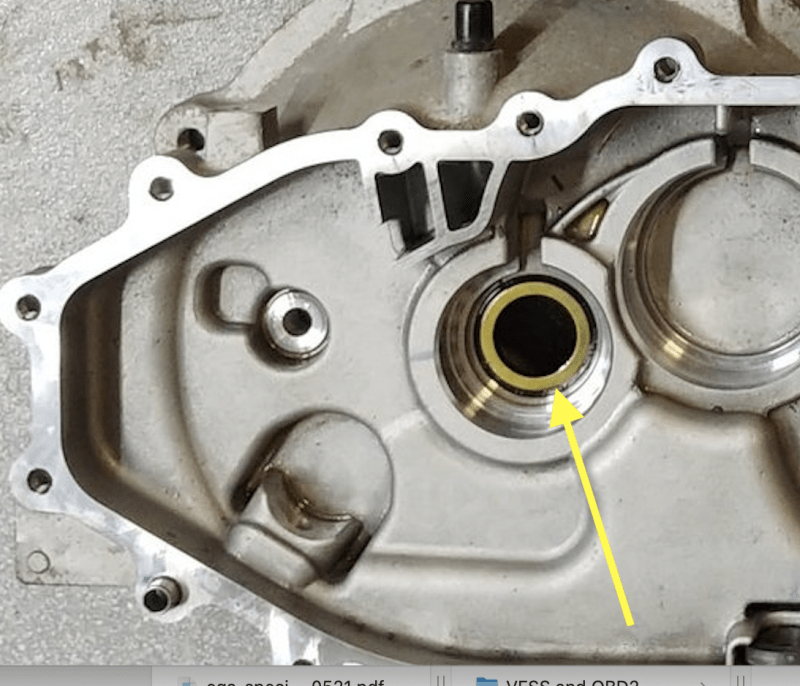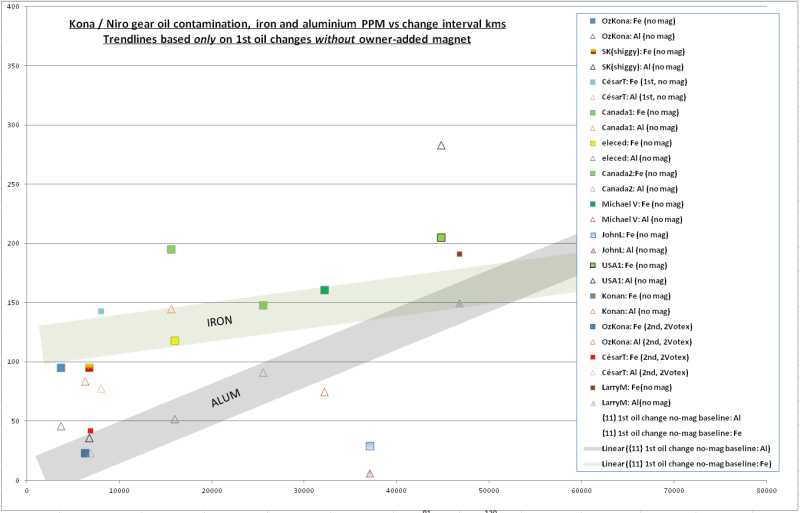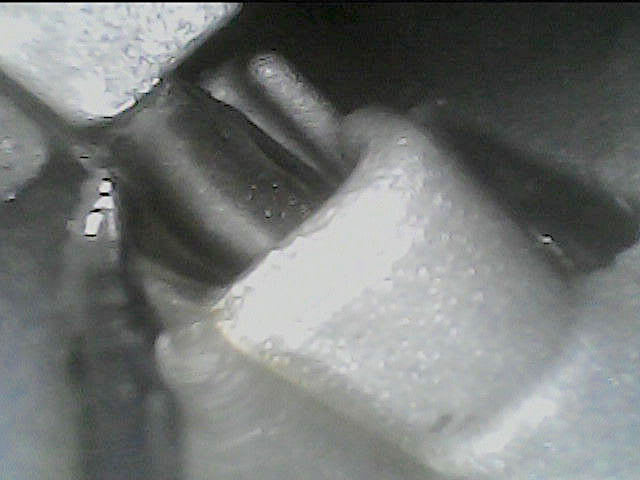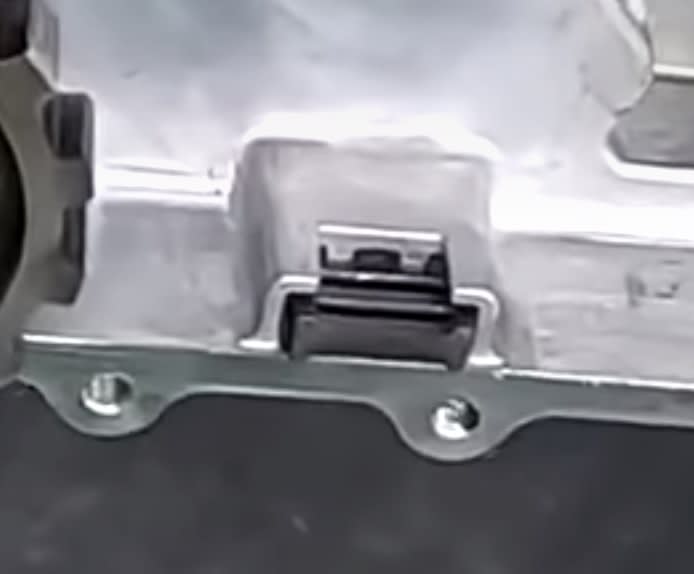thread78-464172
So, adding information to my prior post from April 2020, at 19,000 km because of my prior concerns I changed the oil on my EV's splash-lubricated reduction gearbox and found it coloured like black coffee. The oil is a 70-75 weight GL-4 and the original colour is unknown.
There was also a light loading of fine ferrous particles, noting that this gearbox has no magnet on either drain or fill plug, nor is one clearly visible affixed inside the casing. The latter is based on a teardown video on YouTube.
My theory is that the oil discolouration is a result of outer raceway spin in the aluminium housing. A likely candidate is the input-side bearing on the primary pinion shaft. The fine ferrous debris on the other hand can only be a result of gear wear slivers circulating continuously until ground to dust.
I'm thinking that the outer raceway spin may be related to the over-constrained design condition found at the input spline, described in detail in the earlier thread. Should bearing friction be increased by either cold thick oil or particles in the oil, I'd imagine the potentially light radial loading due to the motor bearing also supporting the reaction from gear engagement, raceway spin could be initiated leading to aluminium housing wear.
I can't easily get an oil analysis done here in NZ here but I've asked owners in N.A. to consider doing this as I'd bet many examples have this condition. The one other oil change published on YouTube shows the oil in even worse condition. I will look for an after-market (or OEM) magnetic drain plug but I think once traces of aluminium are found the damage is done.
Any thoughts on this?
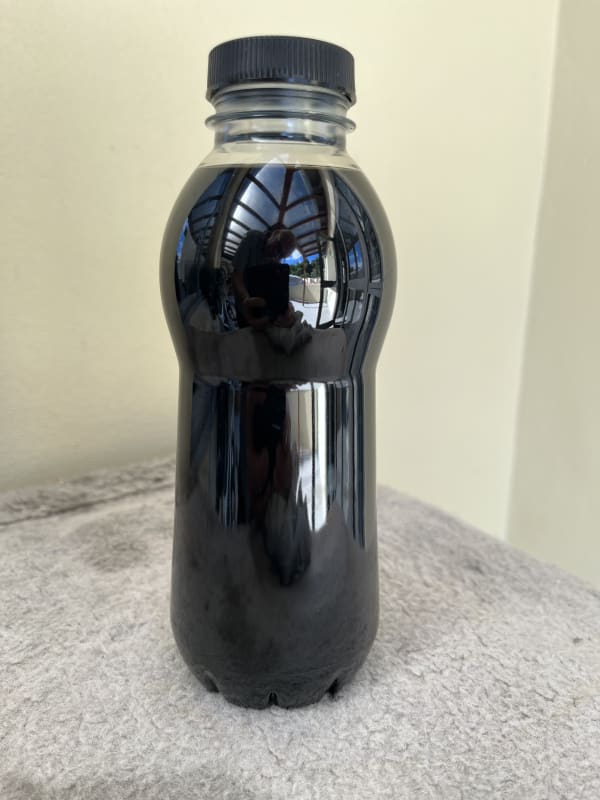
So, adding information to my prior post from April 2020, at 19,000 km because of my prior concerns I changed the oil on my EV's splash-lubricated reduction gearbox and found it coloured like black coffee. The oil is a 70-75 weight GL-4 and the original colour is unknown.
There was also a light loading of fine ferrous particles, noting that this gearbox has no magnet on either drain or fill plug, nor is one clearly visible affixed inside the casing. The latter is based on a teardown video on YouTube.
My theory is that the oil discolouration is a result of outer raceway spin in the aluminium housing. A likely candidate is the input-side bearing on the primary pinion shaft. The fine ferrous debris on the other hand can only be a result of gear wear slivers circulating continuously until ground to dust.
I'm thinking that the outer raceway spin may be related to the over-constrained design condition found at the input spline, described in detail in the earlier thread. Should bearing friction be increased by either cold thick oil or particles in the oil, I'd imagine the potentially light radial loading due to the motor bearing also supporting the reaction from gear engagement, raceway spin could be initiated leading to aluminium housing wear.
I can't easily get an oil analysis done here in NZ here but I've asked owners in N.A. to consider doing this as I'd bet many examples have this condition. The one other oil change published on YouTube shows the oil in even worse condition. I will look for an after-market (or OEM) magnetic drain plug but I think once traces of aluminium are found the damage is done.
Any thoughts on this?


